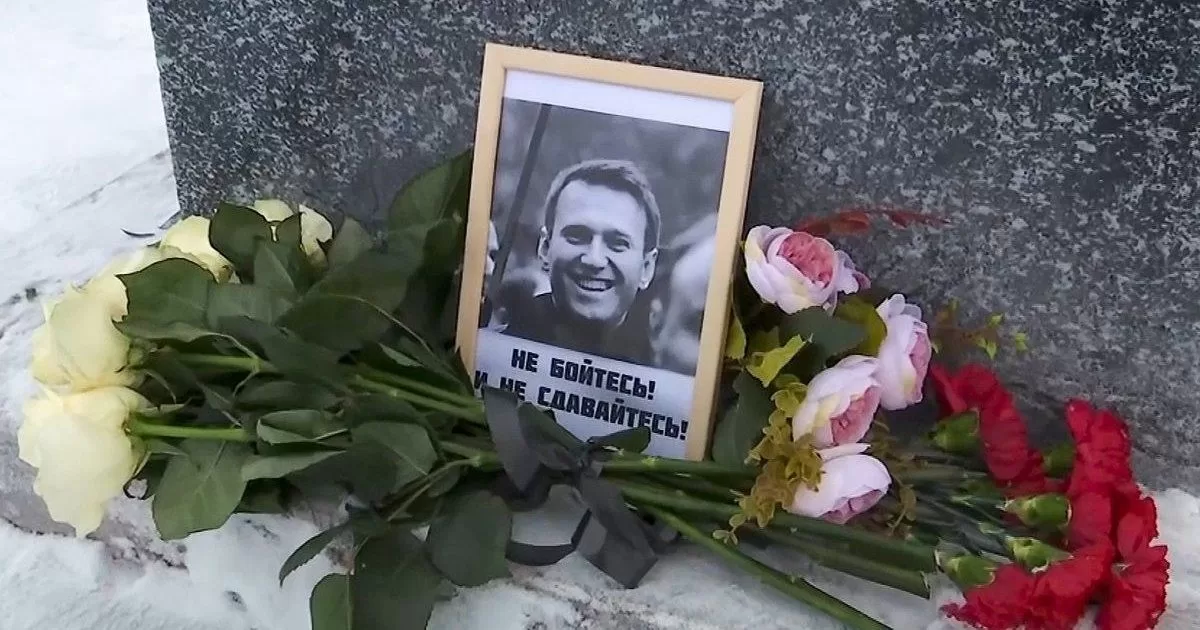Sergio Massa made it a point to avoid a sudden adjustment in the exchange rate during his administration, even at times of greatest pressure on financial dollars. However, investors believe that this “gradualism” could have a turning point after the STEP. The future dollar contracts that are traded on the Rofex show a strong jump by the end of August, which breaks with the logic of the smooth and controlled rise that has been carried out up to now.
The PASO will take place on August 13. And to ensure an official dollar value at the end of that month, there are investors who are willing to pay a price of $348. This value represents a jump of no less than 19% compared to the previous month’s expected close of $292. This is a significant jump, considering that the expected increases in dollar futures contracts show a rate of increase close to 10% per month.
Yesterday the wholesale dollar ended at $228, while financial dollars remained relatively stable. The gap fell from the peak it touched two weeks ago but still remains around 90%.
The Central maintains a rate of devaluation of the official exchange rate of 6.5%, which is why it is still below inflation. Investors hope that this logic will change after the STEP, since the exchange rate coverage for the end of August in Rofex jumps 19% compared to the previous month
The sharp August adjustment in futures reveals that a mega-devaluation is not expected, but it is clear that a more significant currency adjustment will ensue once the primary elections are over.
This assumption may clash with the interest that the government will have at that time to remain competitive in view of the general elections. On the other hand, a devaluation jump would surely cause an additional increase in inflation, which would go against the government’s own chances of staying in power.
Possibly the expectation of an additional adjustment in the exchange rate comes from the memory of what happened in 2019, when the overwhelming victory of Alberto Fernández in the PASO generated a strong rise in the dollar, which jumped from $45 to $45 overnight. 60. The return of Kirchnerism then generated a wave of pessimism that was reflected in an exchange jump and a record drop in share prices. However, at that time there was no stocks and the impact on the exchange rate was immediate.

Another possibly more rational reason that can justify an exchange jump has to do with the null level of net reserves of the Central Bank, which removes the ability to intervene. For this reason, it will be key to continue the negotiations with the IMF in the coming weeks, including the request for the body to disburse USD 10,000 million faster, with the aim of rebuilding the BCRA’s stock of dollars. However, the feeling is that this request may take a long time to happen, if at all.
The exchange rate adjustment forecast in the Rofex is ultimately aligned with the rise in the domestic interest rate. That is why at the end of 2023, the dollar futures contract reaches $548, which implies an annualized rate of 140%, which is exactly the same as that offered today by fixed terms (through the effective rate, which implies reinvestment every month of interest).
In April, the adjustment of the official dollar was barely 6.5%, against inflation that would have comfortably exceeded 7.5%. However, the Government made a commitment to the IMF to adjust the exchange rate so as not to lose track of inflation, something that is only partially happening.
On the other hand, in the last review of the goals in March, the IMF staff’s own report estimated that the official dollar is behind by at least 20%. The estimate would have been very short if one takes into account that the exchange rate gap is almost 90%.
Keep reading:

